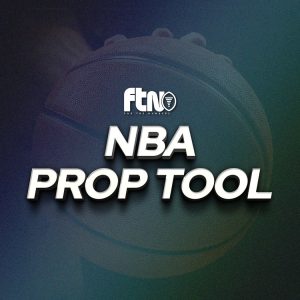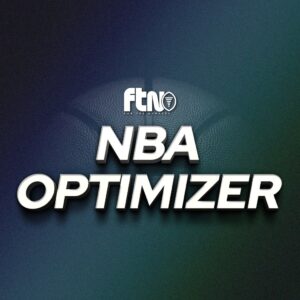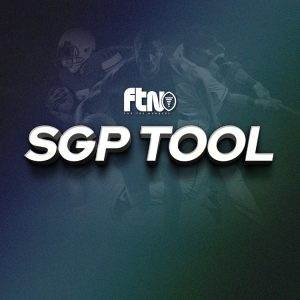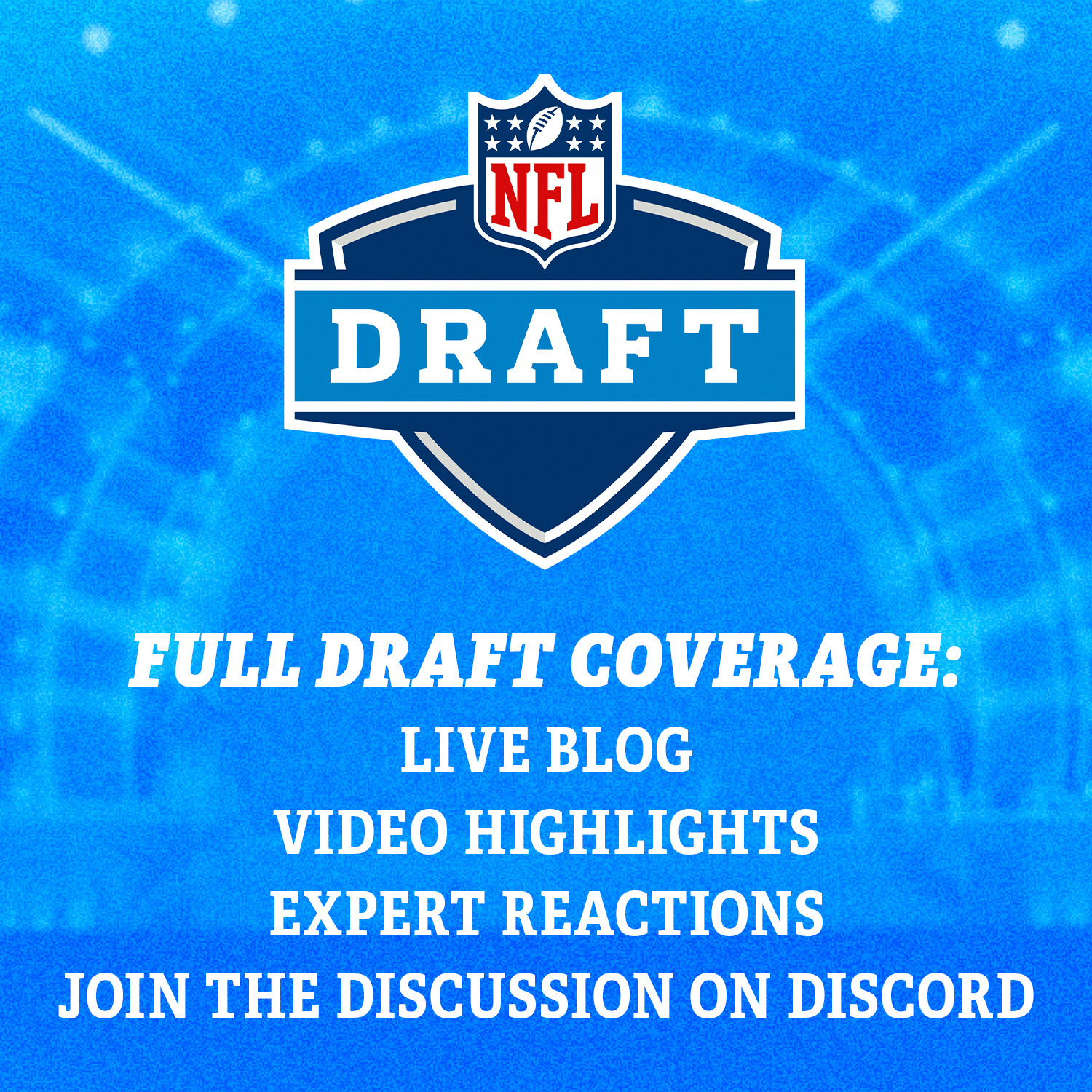
We are officially at the point in fantasy baseball prep when my days have all blended together. Everyone here at FTN Fantasy is grinding out exclusive content and analysis daily to get you ready for the upcoming baseball season. We’ve made our way around the horn these last few weeks (see below for the links), covering the top-tier players at every position. Today we will pick up where we left off by analyzing more actual war room draft decisions. We’ll hit Rounds 3-6, breaking down ADP rankings into four-player sets.
(Check out the other positions so far: first base | second base | shortstop | third base | outfield Pt. 1)
For my thoughts on the more overarching strategies regarding approach to drafting outfielders, please check out Part 1. Once again, I’ve broken the hitters down into critical baskets and analyzed each board. My hope here is that you get more than just the answer to your question, but a glimpse at the process. Without any further ado, let’s get right into some tough decision making.
(All stats tables are 2019-2020 combined since we had an abbreviated 2020 season.)
Tier 3 — Third/fourth round
Basket 1: Surface stats
.png)
Another more general point for me to keep in mind is understanding different skill sets. Talents and expectations will increasingly begin to vary as we get further from the start of the draft. Players will offer contributions in fewer categories as we progress through the player pool, making it difficult to compare different assets. I hope my technique of compartmentalization will benefit you in this regard, as we progressively build our case for or against players.The tale of the tape has a few important takeaways for me. The first is that three of the four guys here have a very similar sample to draw from, always nice for comparison’s sake. The second is that speed is still available without totally sacrificing batting average. The third is that with unique players like Robert, there’s more of a leap of faith — your conviction comes down to a belief in talent, progression and ceiling, as opposed to prior stats (of which there are not many).
Basket 2: Disciplinary stats
.png)
Ozuna or Springer are the stark contrast to that disciplinary basket. They not only provide power, but they also maintain an excellent K-BB% and an above-average contact profile. The specific difference between these two regarding counting stats in my opinion would be prior build; based on lineup placement, I would count on Springer for more runs and Ozuna for more RBIs. If you already have elite power production and need more of a balance toward average and steals, Marte is an excellent five-category contributor in roto formats (and the Marlins can be aggressive on the bases).If you follow my work, you know my focus is on combining discipline and underlying metrics as a standard for player assessment. One quick glance at the table above and you can probably guess I’ll have zero shares of Robert. The market has spoken; Robert’s going first in this bunch, and frankly I can’t get myself to the price point. This is not a condemnation of the man or the talent (Robert is awesome, I’m buying up his rookie cards). My assessment is purely fantasy-based for 2021 and a result of my own comparative cost analysis. This isn’t to say I don’t think he can’t improve at only 23 years old; I just need to see it before paying a premium. Strikeouts (and more specifically swinging strike rate) have always been Robert’s most glaring hole, something we saw continue at the MLB level. I understand the electricity, the power-speed combo and the potential subsequent payoff. However, if we’re debating Robert, expect me to point back to this table early and often.

Basket 3: Elevation stats
.png)
This elevation table’s pretty uneventful for our purposes (not necessarily a bad thing). All the line drive percentages are at the critical 20% baseline, with no outstanding red flags. Ideally, someone like Ozuna would lift the ball more often (40% is a good benchmark). However, those extra percentage points are materializing in the form of line drives, which is fine. Ozuna has actually raised his launch angle each of the last three years, translating into a monstrous power display in 2020. Marte’s ground ball rate is high — above 50% — but his 90th percentile sprint speed has prevented it from hurting him. We also have a totally different expectation for homers in Marte, so keep the categorical aspect to the choice in mind. Every one of these players can be the right pick depending on how you surround them. Lastly, you see some of where Robert’s 30-plus homer potential comes from in the elevated fly ball percentage. He’s posted a 50% fly ball rate spanning three years and 800PAs. The potential for first-round return is there for Robert — I just think we may be a year early at the cost.
Basket 4: Statcast
.png)
When I mentioned earlier that Robert was awesome, this is what I was talking about. His 115.8 mph maximum exit velocity (seventh in MLB) and 12.8% barrel per batted ball (T-27th) are on par with any of the elite hitters. In my opinion, it’s just a matter of adding some patience to unlock that next level, but the question is when. Ozuna has been as good as anyone since 2019. Frankly, after looking under the hood, I think he’s being severely underpriced. He has first-round potential because of the batting average and the team context is magnificent; there may not be a better top third anywhere in MLB. This decision’s over for me already, and it’s Ozuna by a country mile. However, given his season last year, I’m not especially surprised. What did get by me is just how great Springer has been … and he may actually get a contextual boost going to — Toronto when you consider the division's park factors and bad pitching. I have to say after getting into the details that my bold take thus far is this: I would recommend taking Springer over Eloy Jiménez for 2021.
Basket 5: Advanced batted ball metrics
Some notes on the stats here:
- xwOBA — Expected weighted on-base average. xwOBA is formulated using exit velocity, launch angle and, on certain types of batted balls, sprint speed. xwOBA removes defense from the equation.
- xwOBAcon — Expected weighted on-base average on contact. xwOBAcon is a very specific derivation; it is the expected wOBA of just the contact, so it excludes walks and hit by pitches.
- DHH% — Dynamic hard-hit rate. DHH% was developed by Connor Kurcon and uses a combination of exit velocity and launch angle to optimize the best hard-hit balls.
- Blast% — Blasts are the ideal subset of barrels; they are the single best outcome for a hitter.
- sd(LA) — Standard deviation of launch angle. It is essentially launch angle tightness. The lower the standard deviation, the better control of contact that hitter is thought to have.
.png)
The xwOBA column pretty well sums up my feelings as a whole about this group. Robert and Marte are above average overall. However, the sustained flaws in their game make selecting them purely predicated on a need for speed. Robert again shows the potential for elite power production, but I can’t get myself to pay for a leap of faith over established mashers. There’s Springer again — he’s being drafted last while posting elite advanced batted ball stats to go with a high projected batting average. Sorry again to my prospectors out there, but I’m going Ozuna, then Springer, then Marte, then Robert.
Tier 4 — Fifth/sixth round
Basket 1: Surface stats
.png)
Selecting OFs at this stage of your draft comes with headaches of varying severities. No one in this group but Conforto have enough recent PAs to really sink our teeth into, whether due to age or injury. I think that basically gives Conforto the highest balanced floor, but I have to mention the chatter. I’ve heard a lot of talk in the industry about Conforto providing a plus batting average after hitting .322 in 2020. I’m personally not going there; the 30% line drive rate in 2020 was off the charts and not sustainable, no matter how good the hitter. Next, Judge’s only concern is health. When he plays, he’s one of the most intimidating hitters in MLB and in the ideal context. Lastly, Arozarena and Grisham are two of the fastest-rising young stars in the game, but there’s a real issue in evaluating cost: The limited sample makes predicting a breakout versus regression an extremely tough task. Both players offer power and speed, and both always seem to have at least one huge fan in the draft room. You’ll have to commit if you want them on your roster; They will not slide.
Basket 2: Disciplinary stats
.png)
Judge may swing and miss too much, but he always manages to compensate by crushing the ball when he does make contact. He’s one of the few players I make a disciplinary exception for — we’ve seen MVP caliber production in stints, but can you stomach the price?
If Arozarena doesn’t break out, I feel confident it will be the poor plate control that does him in. He has kept his swings out of the zone down, but there are other issues. His swinging-strike rate, combined with a really poor in-zone contact rate are a recipe for disaster. Next, Conforto has a nice vanilla profile, which sometimes is actually refreshing. Again, he comes across as the safest option with the highest floor. Lastly, if Arozarena’s discipline could be his undoing, I think the inverse applies for Grisham. In my opinion, his elevated K rate doesn’t match the underlying metrics. The chase rate is elite; Pairing it with excellent in-zone contact and a single-digit swinging-strike rate puts him over the top on this table. These traits open clear paths for breakouts. I do have my concerns about the recent acquisitions in SD causing Grisham to see some time batting ninth. However, his defense should keep him on the field daily. To me, Grisham feels safe to meet his highest projections for 24 HR/18 SB.

Basket 3: Elevation stats
.png)
There isn’t a ton to take away here. Most of the numbers are right where we want them, other than (once again) Arozarena. His elevation tendencies thus far in MLB have been poor at best. He’s supremely talented for 25 years old, but the flawed discipline isn’t the only obstacle. This part of his profile is exactly the kind of thing that could cap his ceiling by suppressing home runs. I don’t necessarily need to see a fly ball rate above 40%, by the way; I think line drives are greatly underestimated. As a general rule of thumb, I want to see 60% combined between fly balls and line drives, something all three other players achieved.
Basket 4: Statcast
.png)
If you think Judge gets a full complement of plate appearances in 2021, or you don’t consider injury history predictive enough to sway analysis, draft him this instant. The Statcast metrics for the Yankee outfielder are second to none. When Judge connects, the ball should fear for its existence. He can carry an offense as your fifth pick.
Arozarena can’t necessarily be summed up in these tables, because much of the reason for his cost is because of the power he flashed in the playoffs. The question is, have we seen enough to bet? Was this the big breakout? Perhaps it was just a hot streak with great timing? Whatever your determination, Arozarena only had 43 batted balls in the 2020 regular season. Something to keep in mind.
Grisham and Conforto match up pretty well, with a slight edge to Conforto for the max EV. I think Conforto has the categorical edge as well because of what I perceive as a cemented spot in the top third.
Basket 5: Advanced batted ball metrics
.png)
The purpose of this second batted ball table (besides showing off the coolest stats) is to identify outliers and expand off of the original. Judge’s elite power is substantiated again here — those numbers above are just gaudy. His ceiling is American League MVP. In Arozarena, we see top-30 potential, but my concerns are intensifying. He’s being drafted as a top-15 OF in part because he clears the benchmarks of .340 and .400 in xwOBA and xwOBAcon, respectively. However, the standard deviation in launch angle above 31 puts him among poor company. It also validates some of my prior apprehension regarding his elevation and contact control skills. We all saw him dominate in the playoffs and know first-round return is in a reasonable range of outcomes. Nonetheless, you have to pass on a lot of established high-end production to get it. After this exercise, I’m not sure I can get behind Arozarena at cost. Habitually conservative players like me more often than not end up with less variance. Conforto keeps today’s streak alive, continuing to check every box. I don’t think you can lose drafting him at the price.
That gets us through the top 16 OFs for 2021. Check out our outfield episode of Corked Stats, where I was joined by FTN’s own Matt Kuprferle and Chris Rose to dive deeper on the position.
Thanks for reading, and don't forget to follow all of my work @MLBMovingAvg.










































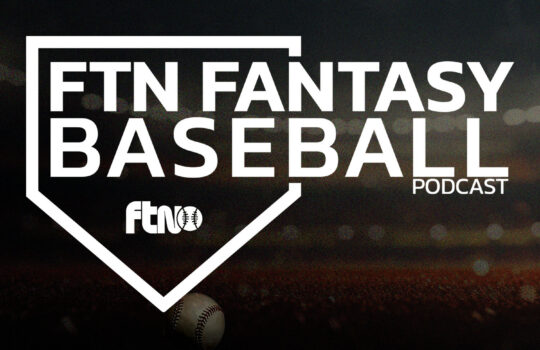

 New York Jets
New York Jets  New England Patriots
New England Patriots  Miami Dolphins
Miami Dolphins  Buffalo Bills
Buffalo Bills  Pittsburgh Steelers
Pittsburgh Steelers  Cleveland Browns
Cleveland Browns  Cincinnati Bengals
Cincinnati Bengals  Baltimore Ravens
Baltimore Ravens  Tennessee Titans
Tennessee Titans  Jacksonville Jaguars
Jacksonville Jaguars  Indianapolis Colts
Indianapolis Colts  Houston Texans
Houston Texans  Las Vegas Raiders
Las Vegas Raiders  Los Angeles Chargers
Los Angeles Chargers  Kansas City Chiefs
Kansas City Chiefs  Denver Broncos
Denver Broncos  Washington Commanders
Washington Commanders  Philadelphia Eagles
Philadelphia Eagles  New York Giants
New York Giants  Dallas Cowboys
Dallas Cowboys  Minnesota Vikings
Minnesota Vikings  Green Bay Packers
Green Bay Packers  Detroit Lions
Detroit Lions  Chicago Bears
Chicago Bears  Tampa Bay Buccaneers
Tampa Bay Buccaneers  New Orleans Saints
New Orleans Saints  Carolina Panthers
Carolina Panthers  Atlanta Falcons
Atlanta Falcons  San Francisco 49ers
San Francisco 49ers  Seattle Seahawks
Seattle Seahawks  Los Angeles Rams
Los Angeles Rams  Arizona Cardinals
Arizona Cardinals 
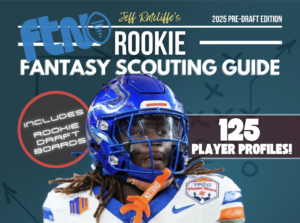

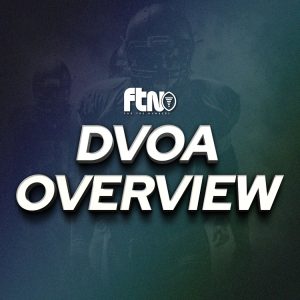
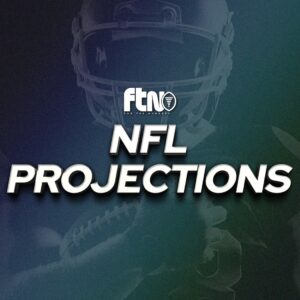




 Boston Celtics
Boston Celtics  Brooklyn Nets
Brooklyn Nets  Philadelphia 76ers
Philadelphia 76ers  New York Knicks
New York Knicks  Toronto Raptors
Toronto Raptors  Chicago Bulls
Chicago Bulls  Detroit Pistons
Detroit Pistons  Milwaukee Bucks
Milwaukee Bucks  Cleveland Cavaliers
Cleveland Cavaliers  Indiana Pacers
Indiana Pacers  Orlando Magic
Orlando Magic  Atlanta Hawks
Atlanta Hawks  Charlotte Hornets
Charlotte Hornets  Miami Heat
Miami Heat  Washington Wizards
Washington Wizards  Denver Nuggets
Denver Nuggets  Minnesota Timberwolves
Minnesota Timberwolves  Oklahoma City Thunder
Oklahoma City Thunder  Portland Trail Blazers
Portland Trail Blazers  Utah Jazz
Utah Jazz  LA Clippers
LA Clippers  Golden State Warriors
Golden State Warriors  Los Angeles Lakers
Los Angeles Lakers  Phoenix Suns
Phoenix Suns  Sacramento Kings
Sacramento Kings  Dallas Mavericks
Dallas Mavericks  Houston Rockets
Houston Rockets  Memphis Grizzlies
Memphis Grizzlies  New Orleans Pelicans
New Orleans Pelicans  San Antonio Spurs
San Antonio Spurs 



